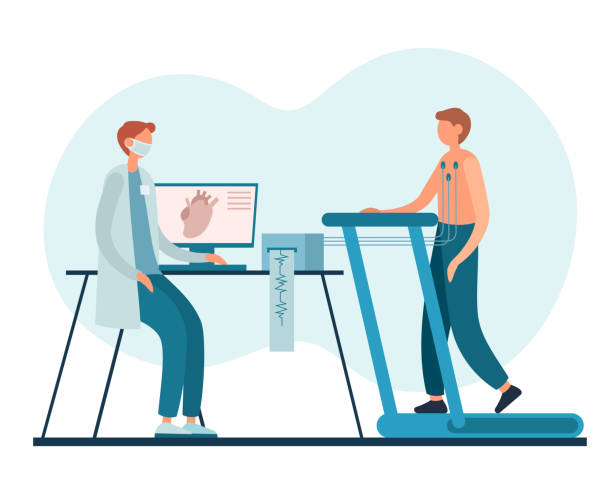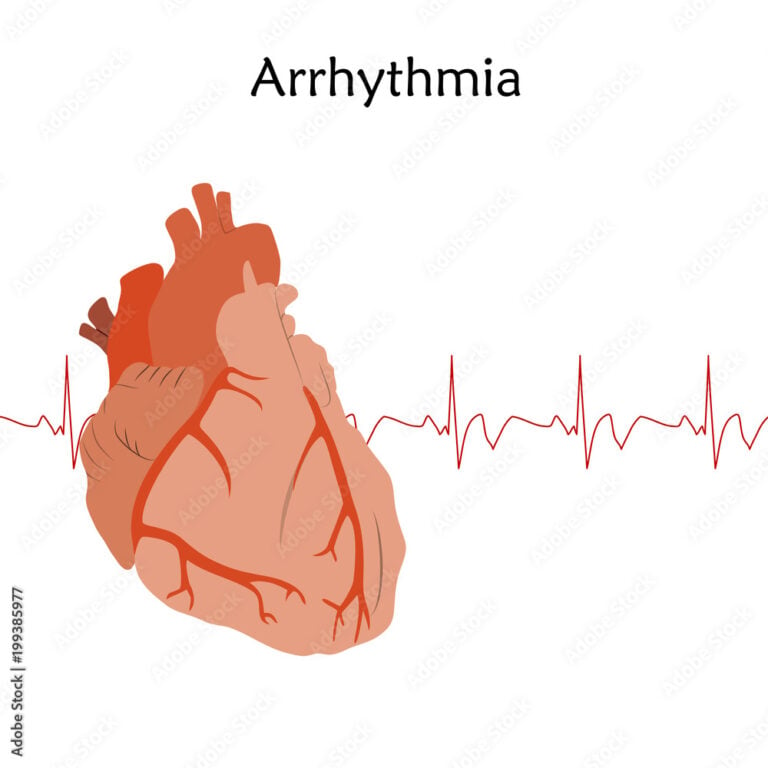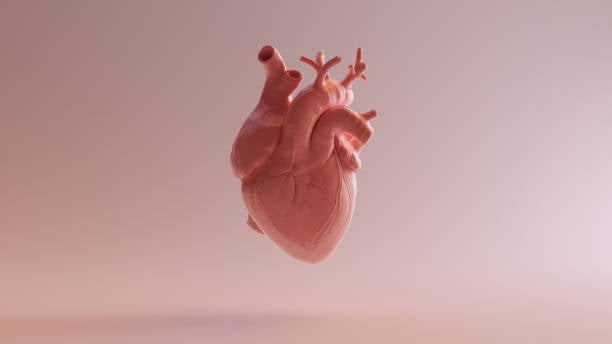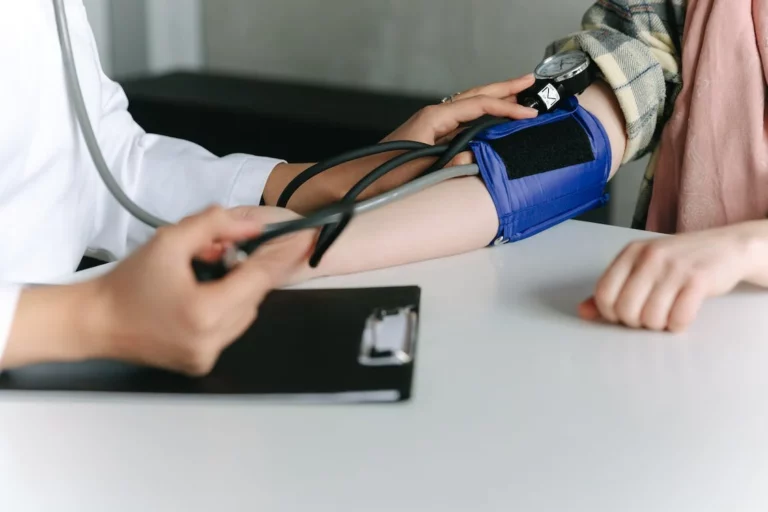The Role of Cardiac Rehabilitation in the Recovery of Canadians
Cardiac rehabilitation is a personalized program of exercise and education that is designed to improve the health of individuals with heart disease. It is often recommended for individuals who have undergone heart surgery or who suffered from a heart attack. Cardiac rehabilitation involves training, exercise, emotional support, lifestyle changes, and education about living a heart-healthy lifestyle. Some of these include quitting smoking and alcoholism, managing weight, instilling healthy eating habits, eating more nutritious diets and exercising. It has been shown that cardiac rehabilitation can reduce the risk of future heart problems and death from heart disease.
In the program, multiple healthcare providers, including exercise and nutrition experts, offer guidance during the personal cardiac rehabilitation program. It typically takes about three or more months. The program can help an individual regardless of their age, sex or whether their heart condition is a major or minor one. The Role of Cardiac Rehabilitation in the Recovery of Canadians with heart conditions cannot be overemphasized.
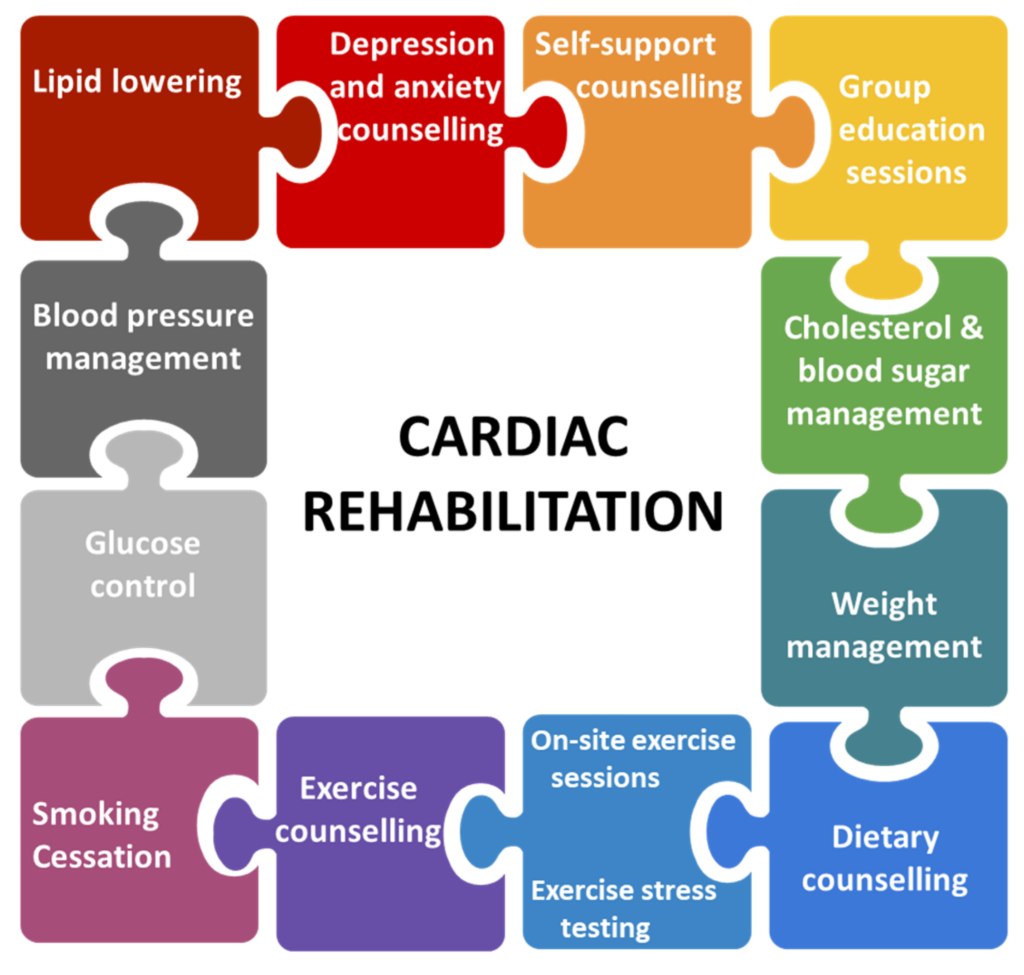
What are the Phases of Cardiac Rehabilitation?
The program may begin before the individual is discharged from the hospital and is usually designed to continue long-term. The phases are:
- Phase 1 – In-patient which starts when the individual is still on admission at the hospital
- Phase 2 – Outpatient which involves going to the hospital for appointments and then going home after the program
- Phase 3 – This is done by the individual on their own, at their own expense and pace
Why is Cardiac Rehabilitation done?
The program is done to improve the general and cardiac health of those who have had heart surgery or those with a heart condition. The program is aimed at making these individuals get stronger, reduce their risk of having future heart problems, prevent the worsening of any present heart condition and finally improve the quality of their lives. This program is an option for individuals with many forms of heart disease and may be recommended for people with a medical history of the following diseases:
- Angioplasty and stenting
- Heart attack
- Heart failure
- Heart valve repair and replacement
- Heart transplant
- Lung transplant
- Some congenital heart disease
- Cardiomyopathy
- Chest angina
- Coronary artery disease
- Peripheral artery disease with pain in the arms and legs after or during activities
Does the Program have any Risks?
The program is not right or recommended for everyone with heart disease. The healthcare team examines each case individually and reviews the medical history. Tests are then carried out to ensure the program is suitable for the person. In some rare instances, muscle strains or sprains can occur from the exercises. Also, a small risk of heart-related complications can occur. The healthcare team closely monitors and carefully checks the individual while they exercise to lower that risk. They also teach the individual how to avoid injuries when they exercise on their own.
What happens before Cardiac Rehabilitation?
Before a program is created for an individual, their medical history is examined, and they will be given a physical examination by the cardiac rehabilitation centre staff. The individual may be given a basic test which can include:
- Cardiac imaging
- Electrocardiogram
- Exercise stress test
- Tests on the blood sugar and cholesterol levels
They will also try to work with the individual and their healthcare provider to:
- Review and assess the risk factors for heart and blood vessel disease
- Develop a treatment plan to guide them through the program
- Identify safe and effective target training zones for the exercise training
- Set heart-healthy goals for the individual to reach in the program and long-term.
What happens during Cardiac Rehabilitation?
The individual will be supervised as they exercise, usually in a group setting. They will be instructed, and they start slowly, as they complete more sessions they will gain more endurance, as well as confidence. The individual will gradually increase the intensity and duration of the exercise according to their fitness level and medical history. The staff will monitor the individual’s heart rate and blood pressure regularly to ensure they are safe when exercising. The exercises can vary depending on the fitness level and risk factors that they started with. Some of the exercises may include:
- Aerobics like walking, riding a stationary bike or using an elliptical or step trainer
- Activities that are aimed to strengthen the muscles like lifting free weights, using cable machines and resistance bands
What are the Contents of the Cardiac Rehabilitation Program?
As well as the exercise, cardiac rehabilitation will help the individual with the following:
- Eating nutritious heart-healthy diets
- Managing the blood pressure, blood sugar level and cholesterol levels
- Quitting smoking and the use of tobacco products or other substances
- Learning how to properly manage stress
- Getting to and staying at a healthy weight
- Taking the prescribed medication appropriately
The insurance cover of medical rehabilitation programs usually lasts about 12 weeks, with about 36 sessions which works out to three one-hour sessions a week.
What are the Benefits of Cardiac Rehabilitation?

The completion of the program can add up to 5 years to the person’s life expectancy. It is beneficial in the following ways:
- Help in the recovery of the individual after a heart attack, heart surgery or a heart condition
- Get the individual moving
- Decrease the risk of another heart attack
- Improve the quality of life of the individual
- Decrease the individual’s risk of getting sick or dying from a heart condition
- Help with chest pain and shortness of breath
- Help manage their weight
- Help manage feelings of depression or anxiety after a heart attack
- Show the individual ways to ease stress
- Teach the individual healthier lifestyle habits
It is important to follow the advice and instructions of the cardiac rehabilitation staff, as they have experience in working with individuals with the same conditions.
When should the Healthcare Provider be called?
The individual can bring up any concerns with the supervising provider in the cardiac rehabilitation program. They can also contact their primary healthcare provider if they are having issues with following the program. They should also ensure that they attend the program regularly and keep to all of their follow-up appointments with the other providers in the care team.
What happens after the Cardiac Rehabilitation Program?
After the individual completes their last cardiac rehabilitation session, the staff may instruct them to perform another stress test; this is for them to:
- Check to make sure that exercise is still well tolerated by the individual
- Measure the improvement of their cardiorespiratory fitness as against the first exercise stress test
- Update their exercise training recommendations to reflect their improved physical function
The individual should also feel confident in continuing the exercise, even after the program. They should also implement everything they learned from the program for the rest of their lives as they can help the individual for the rest of their lives.
The information provided in this blog is for educational purposes only and should not be considered as medical advice. It is not intended to replace professional medical consultation, diagnosis, or treatment. Always consult with a qualified healthcare provider before making any decisions regarding your health. Read more

